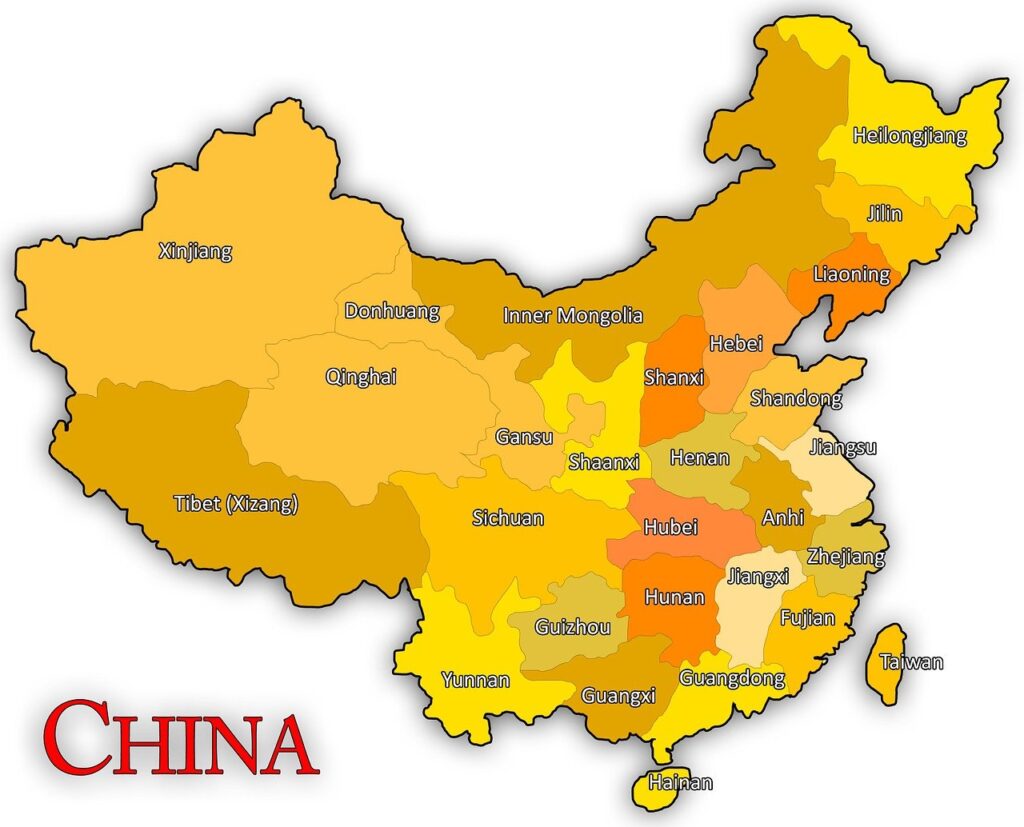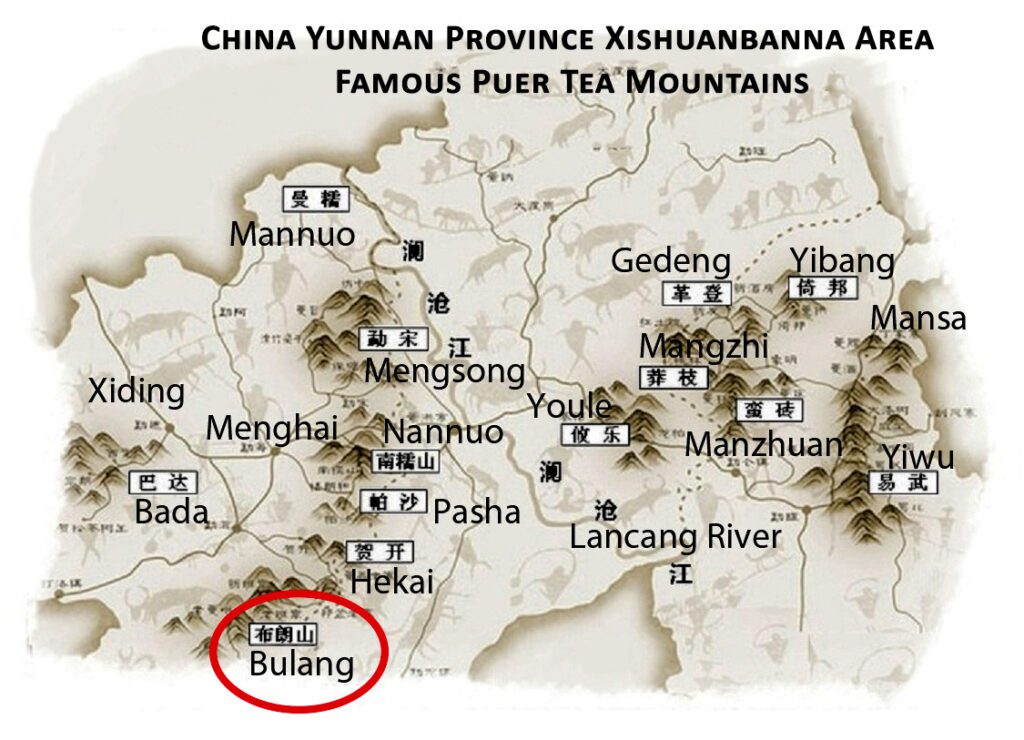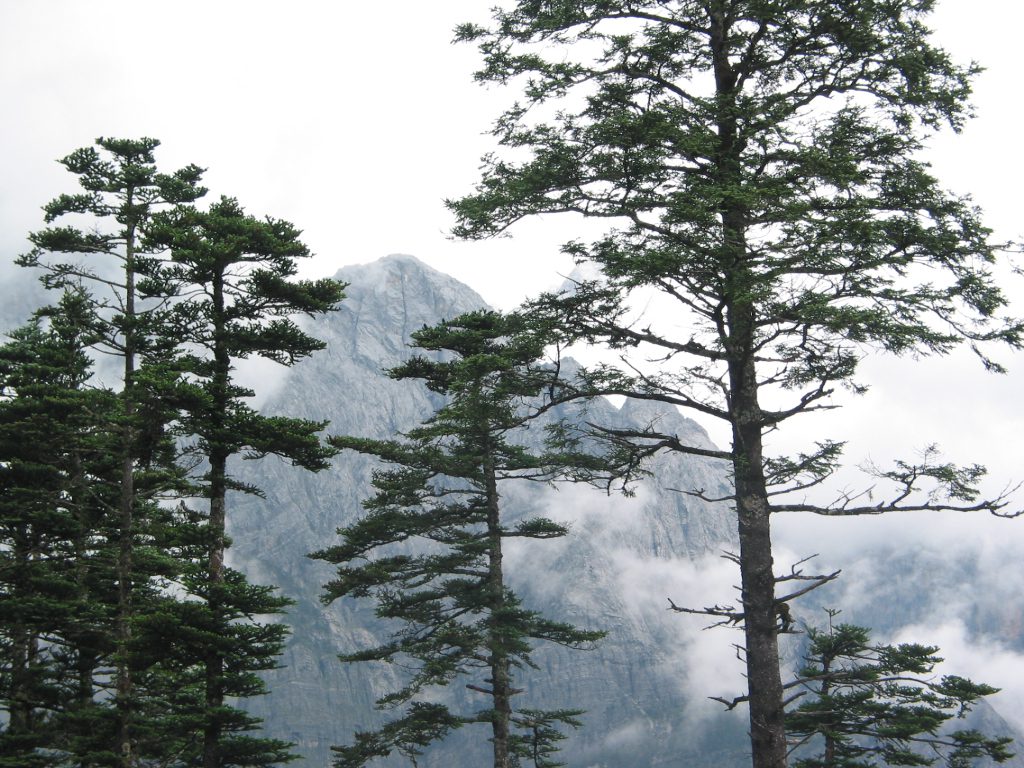Puer Region

Yunnan Province and Its Tea Heartlands
Tucked in the far southwest corner of China, Yunnan Province is a landscape of dramatic contrasts. Snow-capped peaks rise above mist-filled valleys, rivers slice through limestone gorges, and ancient forests cloak the hills in every shade of green. The province shares borders with Myanmar, Laos, and Vietnam, giving it both cultural richness and a climate shaped by the meeting of the Himalayas and the tropical monsoon.
A Cradle of Tea
Yunnan is often called the birthplace of tea. Wild tea trees—some thousands of years old—still grow in its mountain forests, and many of the ethnic groups who live here, such as the Bulang, Dai, Hani, and Lahu, have tended and harvested tea for centuries. The high elevation, abundant rainfall, and wide range of microclimates make Yunnan one of the most diverse and storied tea regions on Earth.
Major Tea-Growing Areas
1. Xishuangbanna (西双版纳)
In the southernmost part of the province, near the borders with Laos and Myanmar, Xishuangbanna is lush and subtropical. Here the famous Bulang Mountains and Nannuo, Youle, and Hekai tea mountains rise above tropical forests. The teas from this area—especially wild or “ancient tree” Pu’er—are known for their rich, resinous aroma and deep, honeyed flavor.
2. Lincang (临沧)
Northwest of Xishuangbanna, Lincang’s hills are higher and cooler. Villages like Bingdao, Menglian, and Fengqing produce teas with a clean, floral brightness and strong structure. Lincang is also home to many old tea groves where Camellia taliensis grows alongside Camellia sinensis var. assamica.


3. Pu’er (普洱)
Once a market town on the ancient Tea Horse Road, Pu’er gave its name to the fermented tea that made the region famous. The area’s teas are balanced and full-bodied, often showing notes of dried fruit, wood, and gentle earthiness. Pu’er City now serves as a cultural and commercial hub for the province’s tea trade.
4. Baoshan and Dehong (保山 / 德宏)
Closer to the Myanmar border, these regions have rugged mountains and smaller tea areas where the climate alternates between misty mornings and strong afternoon sun. Their teas can carry a wild, herbal character and a lingering sweetness that reflects the mixed forests they grow in.
5. Simao and beyond
Central Yunnan’s Simao area (today part of Pu’er City) bridges the wetter south and the cooler north. Here tea is often grown on terraced slopes, producing both traditional Pu’er and more modern black and green teas that carry a Yunnan signature—bold, malty, and sweet.

Character and Diversity
Tea from Yunnan mirrors the province itself: diverse, ancient, and full of personality. Each mountain village, each slope, and each patch of forest produces leaves with slightly different aromas—some smoky, others floral, others tasting faintly of orchid or honey. The interwoven cultures of the people who grow it, from Bulang to Hani to Dai, lend Yunnan’s teas not just flavor but identity.
